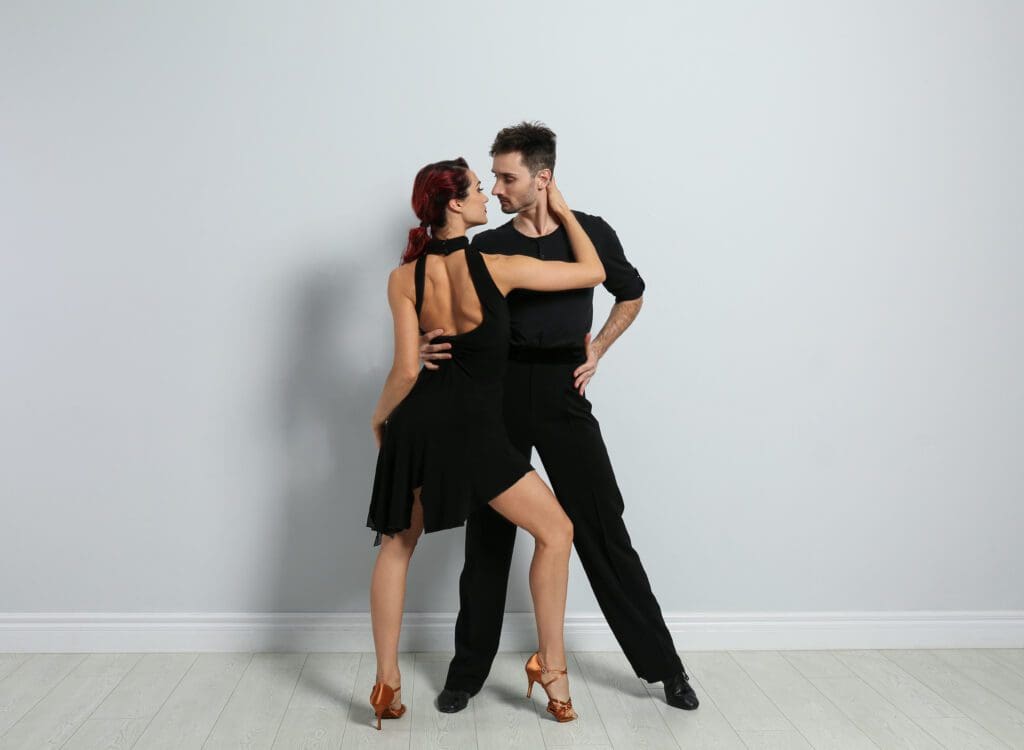Bachata
Bachata History
Bachata, a popular music and dance genre from the Dominican Republic, has a rich and evolving history:
Origins in the Dominican Republic:
- Bachata originated in the early 1960s in the Dominican Republic. It was initially influenced by bolero music and other Afro-Caribbean rhythms.
- The genre was initially marginalized and associated with rural underdevelopment and the lower classes.
Evolution and Recognition:
- Over time, Bachata’s music evolved, incorporating elements from other Latin music styles.
- The dance style associated with Bachata also evolved, originally starting with simple side-to-side movements.
International Popularity:
- By the 1990s and 2000s, Bachata gained international popularity. Artists like Aventura and Juan Luis Guerra played significant roles in this expansion.
- The dance form became more stylized and varied, with influences from other Latin dances.
Modern Day:
- Today, Bachata is a globally recognized genre, both in music and dance.
- It’s known for its romantic themes, distinctive guitar sounds, and rhythmic patterns.
- Bachata dance styles now include traditional, modern, and sensual, each with unique characteristics.
In summary, Bachata has transformed from a marginalized music form to a celebrated and integral part of Latin music and dance, known for its romantic allure and rhythmic appeal.
Bachata Characteristics
- Bachata is a sensual and romantic dance known for its simple, yet expressive movements. It features a basic four-step rhythm with a signature side-to-side motion, accentuated hip movements, and close partner interaction. The dance allows for both intimate and playful expression, often characterized by soft, flowing steps and gentle turns.
Bachata Music Information
Bachata music, originating from the Dominican Republic, has distinct characteristics that define its romantic and rhythmic style:
Rhythm and Beat: Bachata is known for its 4/4 time signature, with a characteristic emphasis on each beat, creating a steady and syncopated rhythm.
Tempo: The tempo of Bachata music is moderate, allowing for the smooth and sensual movements of the dance.
Instruments: The core instruments in traditional Bachata include the lead guitar, rhythm guitar, bongos, and maracas. Modern Bachata often incorporates electric guitar, bass guitar, and synthesizers.
Style: Bachata music traditionally features romantic, often melancholic themes, with lyrics expressing deep emotions, typically about love and heartbreak.
Evolution: Over the years, Bachata music has evolved, blending with other genres like bolero, merengue, and salsa, leading to variations in style and rhythm.
These elements together create Bachata’s unique sound, known for its blend of traditional Dominican rhythms with romantic and emotive themes.
